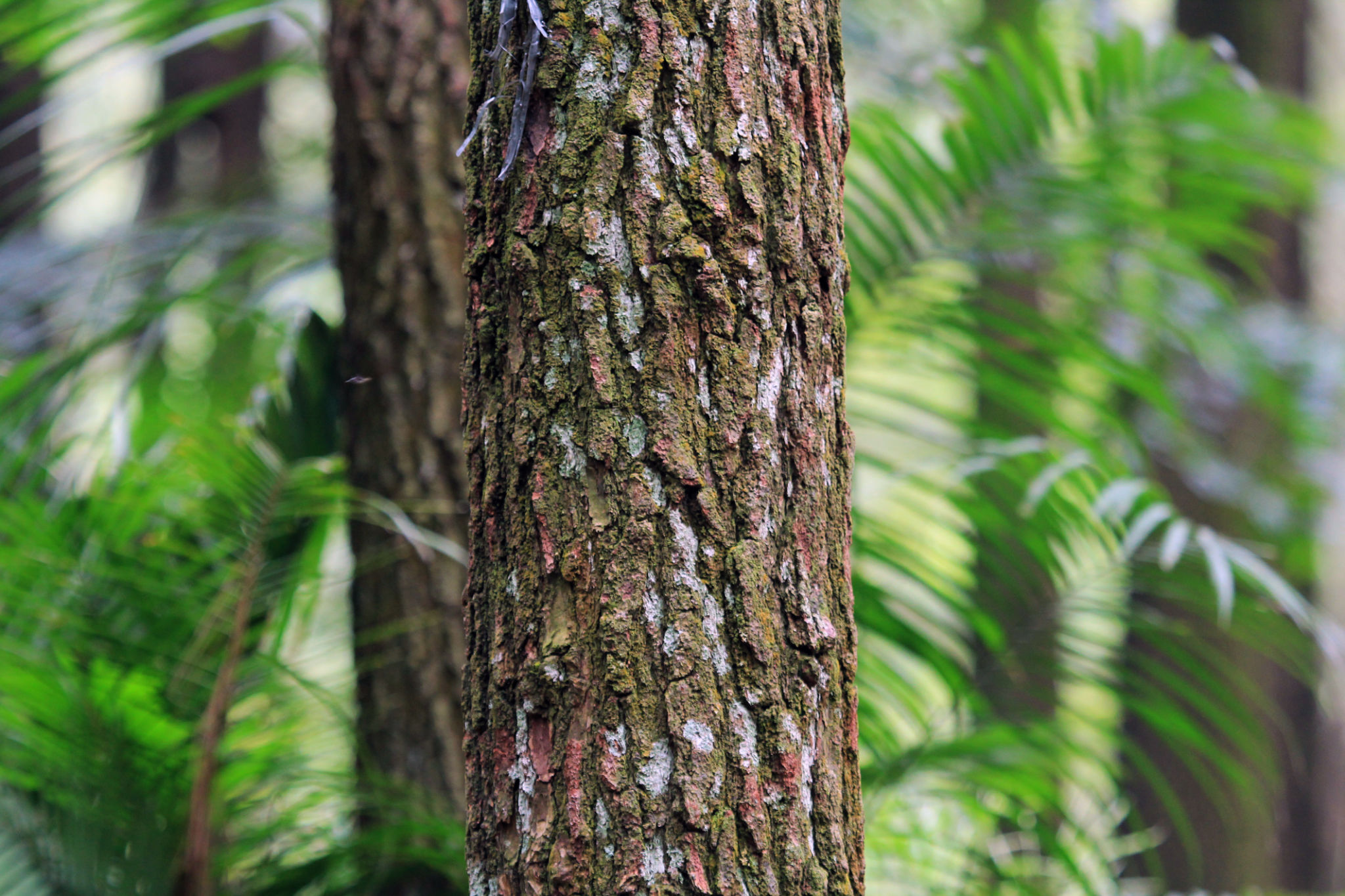Comparing Mimosa Hostilis Bark to Other Natural Dye Ingredients
Exploring the World of Natural Dyes
Natural dyes have been used for centuries to color fabrics, with ancient cultures relying on plants, minerals, and even insects to achieve vibrant hues. Among these, Mimosa Hostilis bark stands out for its rich color and versatility. But how does it compare to other natural dye ingredients? Let's delve into the fascinating world of natural dyes and see how Mimosa Hostilis measures up.

The Unique Properties of Mimosa Hostilis Bark
Mimosa Hostilis, also known as Jurema or Tepezcohuite, is a tree native to Brazil and Mexico. Its bark is renowned for producing a deep, rich purple dye that is highly sought after by artisans. The color extracted from this bark is not only striking but also has a remarkable ability to bond with fibers, making it a favorite among textile artists.
One of the most appealing aspects of Mimosa Hostilis bark is its natural tannin content, which acts as a mordant. This means it helps the dye adhere to the fabric without the need for additional chemical mordants, making it an environmentally friendly choice.
Comparing Mimosa Hostilis to Other Plant-Based Dyes
When comparing Mimosa Hostilis to other plant-based dyes, several factors come into play, including color vibrancy, ease of use, and sustainability. For instance:
- Indigo: Known for its iconic blue tones, indigo requires a complex fermentation process and additional mordants for best results.
- Turmeric: While it produces a bright yellow dye, turmeric tends to fade quickly and isn't as colorfast as Mimosa Hostilis.
- Onion Skins: These provide warm yellow and orange hues but lack the depth and saturation of Mimosa Hostilis's color.

Animal-Derived Dyes: A Different Approach
In addition to plant-based dyes, some natural dyes are derived from animals. Cochineal, for example, is a red dye obtained from insects. While cochineal offers a vibrant red hue, it involves an animal source, which may not align with everyone's ethical preferences. In contrast, Mimosa Hostilis is entirely plant-derived and offers a broader range of ethical applications.
Sustainability and Environmental Impact
Sustainability is a crucial consideration when choosing any dye. Mimosa Hostilis is often celebrated for its minimal environmental impact. The tree can be cultivated sustainably, and its bark can be harvested without harming the tree itself, making it a renewable resource.

Other natural dyes vary in their sustainability. For example, while indigo plants can be grown sustainably, the processing can be water-intensive. Similarly, harvesting cochineal involves significant labor and resources. Thus, Mimosa Hostilis stands out for its balance of rich color and eco-friendliness.
The Versatility of Natural Dyes
Natural dyes offer an incredible range of creative possibilities. Whether you're drawn to the deep purples of Mimosa Hostilis or the bright yellows from turmeric, each dye brings its unique character to your projects. Experimenting with different dyes can lead to unexpected and delightful results in fabric design.
Moreover, combining different natural dyes can create an even broader spectrum of colors, allowing artisans to experiment with endless combinations. This versatility makes natural dyeing an art form in its own right.
Conclusion: Mimosa Hostilis in Context
Mimosa Hostilis bark offers a compelling option for those interested in natural dyeing. Its vibrant color, ease of use, and sustainability make it an attractive choice for both hobbyists and professional artists. When compared to other natural dye ingredients, it holds its ground as a versatile and eco-friendly alternative that continues to inspire creativity across cultures.